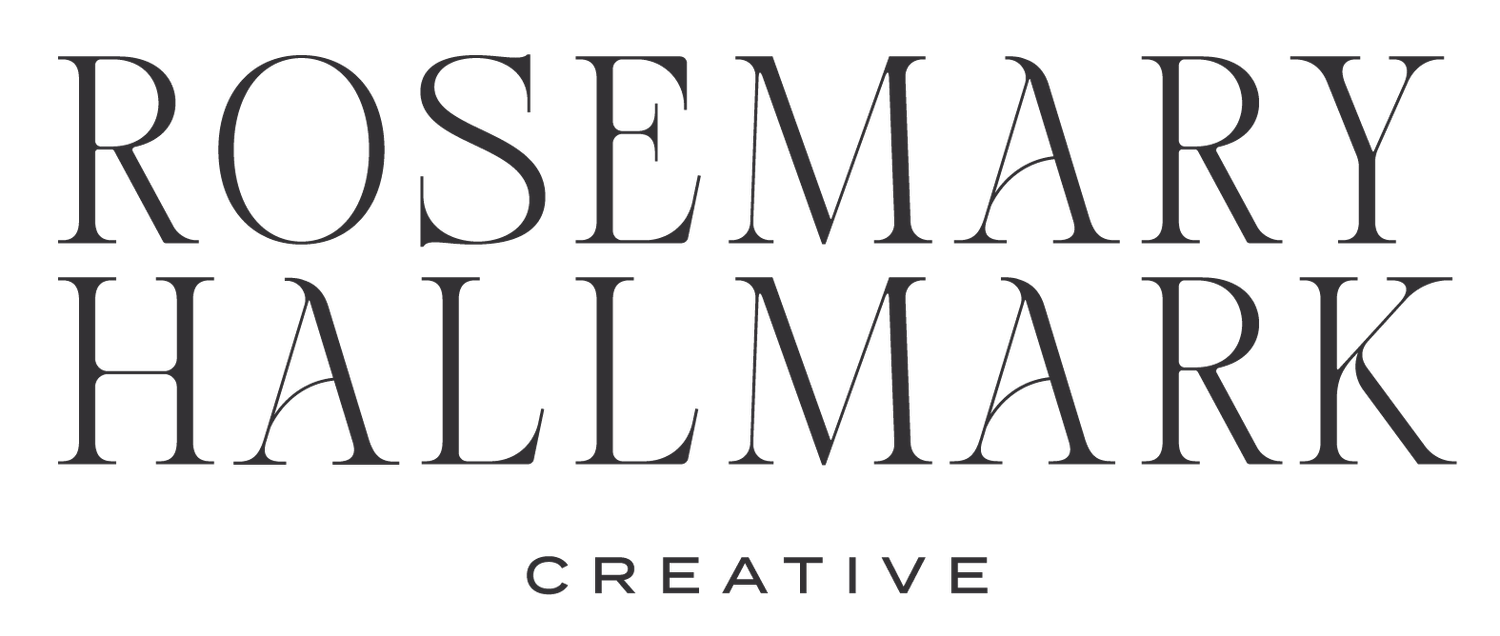A Guide to Different Types of Logos in Brand Design
Logos play a vital role in brand design, serving as visual representations of a company's identity and values. A well-crafted logo can leave a lasting impression on consumers and create a strong brand association. In this post, I’ll break down the different types of logos I commonly use in brand design, including primary logos, secondary logos, alternative logo marks, submarks, monograms, brand marks, and brand patterns.
Primary Logo: The primary logo is the cornerstone of a brand's visual identity. It is the most recognizable and frequently used logo, often appearing on various marketing materials, products, and digital platforms. The primary logo typically includes the brand's name, distinctive typography, and any accompanying visual elements. It serves as the main identifier of the brand.
Secondary Logo: A secondary logo is a variation of the primary logo that offers flexibility and versatility. It is usually derived from the primary logo, featuring altered layouts, simplified forms, or alternative color schemes. Secondary logos are commonly used in situations where the primary logo may not fit or when a more compact design is needed, such as social media profile pictures or small-scale applications.
Alternative Logo: Alternative logos are simplified or abstract representations of a brand's identity. They complement the primary logo while offering a different visual that remains in line with the overall brand. An example might be a handwritten, signature-style logo as an alternative to a primary logo that’s all bold capital letters.
Submark: A submark is a condensed version of a brand's primary logo or logo mark. It usually consists of an emblem, symbol, or monogram that represents the brand in a minimalistic format. Submarks are often used in situations where space is limited or when a subtle, yet recognizable, brand presence is desired, such as watermarks on promotional materials or small-scale merchandise.
Monogram: A monogram is a logo composed of a brand's initials or a combination of letters that represent the brand's name. Monograms can be designed in various styles, including elegant, modern, or vintage, depending on the brand's aesthetic. They offer a concise and memorable representation of the brand, often used on products, stationery, or as a decorative element on websites.
Brand Marks: Brand marks are graphic elements or symbols that uniquely represent a brand. They can be abstract, literal, or conceptual in nature. Brand marks often convey a brand's values, personality, or industry through distinctive shapes, colors, or patterns. While they may not include the brand's name, they can be used alongside the primary logo or as standalone elements to enhance brand recognition.
Brand Patterns: Brand patterns are repeating visual motifs or textures that create a cohesive and consistent visual language for a brand. These patterns can incorporate elements from the logo, such as icons, shapes, or typography, and are used to add depth and visual interest to various brand materials. Brand patterns are commonly seen on packaging, websites, social media backgrounds, or as backdrops in advertisements.
Understanding the different types of logos in brand design is crucial for establishing a strong visual identity. From primary logos to brand patterns, each logo type serves a specific purpose in representing a brand's values, enhancing recognition, and adapting to various applications. By carefully considering and utilizing these logo variations, brands can create a cohesive and memorable visual presence that resonates with their target audience, leaving a lasting impression on customers and stakeholders alike.

